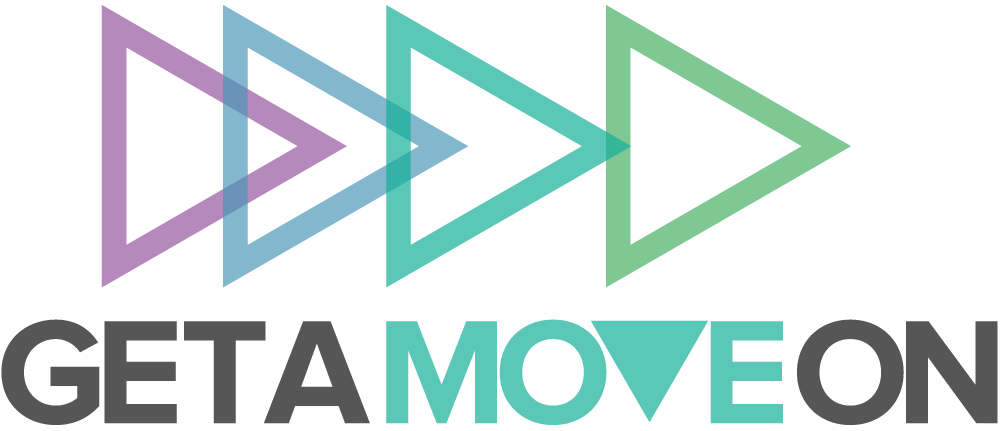The digital behaviour change challenge
Authors: Joe Newbold, Paulina Bondaronek, Marion Lean
As part of the GetAMoveOn (GAMO) Network+ Fellowship programme our project came with a shared interest in how we can improve the use of behaviour change in physical activity. At a collaboration workshop in December 2019 run by the network, we brought our experience of behaviour science, HCI and design to consider how we may better understand the interdisciplinary collaborations needed to create theory-driven fitness technology.
The Digital-Behaviour Change Challenge
Many people find it difficult to change habits and behaviours and turn to digital technology to help them achieve their aim. As an example, for increasing and improving physical activity levels, technologies such as fitness trackers have become increasingly sophisticated. They now frequently contain functions that track your steps and can detect whether you are walking, running or cycling.
However, such technologies often do not incorporate behaviour change science into the design process, so it’s not surprising that people’s use of them is often short-lived and does not lead to sustained behaviour change. Interventions that are based on behaviour change science can be more effective. However, there are no practical guidelines on how to implement behaviour change techniques (BCT) into the content of digital interventions.
Digital-Behaviour Change workshops
We aimed to address this gap through a series of design workshops with experts across the disciplines of physical activity, behaviour science and design. We explored how they worked together and used BCT to create effective designs to overcome real barriers to physical activity. Three workshops took place online with a total of nine experts, our analysis of which demonstrated both the roles that experts take throughout the process and the potential of the behaviour change taxonomy to be used a tool in the design process.
Lessons Learnt
The main issues we have overcome across our project include how to work across our different disciplines (behaviour science, HCI and design) and bring these different areas of expertise together. Due the pandemic we had to move our planned workshops online, but through the support of GAMO network+ we engaged in online facilitation training. Online workshops presented new challenges for delivering workshops but through use of video and online collaboration software we were able to run a series of interactive sessions and document the process.
Bringing the Behaviour Change Technique taxonomy to designers has been an interesting exercise in observing how the long list is tackled. Some have used it as inspiration for design, some have used it as a “checklist” to review existing designs and some have rejected it altogether brandishing it too limited for creative thinking. From this project, we are working on publishing an upcoming paper on our workshops, running some student projects and launching our project website where we aim to tackle the ongoing challenges of bring behaviour change into technology. We see it as a relatively untapped source for many potential use cases in design and through the Digital Behaviour Change project the aim is to develop contextual case studies in a range of settings to establish a methodology and resources for successful, effective and empowering combinations of behaviour change and design in digital experience.







